Welcome to the ultimate guide for caring for your Philodendron plants! Philodendrons are beloved for their lush foliage and low-maintenance nature, making them perfect additions to any indoor space. Whether you're a seasoned plant parent or just starting out, this comprehensive care guide will help you ensure your Philodendrons thrive and flourish.

- Understanding Your Philodendron:
- Types of Philodendrons: Explore popular varieties such as Philodendron hederaceum (Heartleaf Philodendron), Philodendron hederaceum 'Cream Splash', and the ever popular Philodendron Pink Princess.
- Growth Habits: Learn about their natural habitat, growth patterns, and how to mimic optimal conditions at home.
- Light Requirements:
- Philodendron plants generally thrive in bright, indirect light. They prefer filtered sunlight or moderate shade, making them perfect for indoor environments where they can be placed near a window but away from direct sunlight. Direct sunlight can scorch their leaves, so it's essential to protect them from harsh sun exposure. However, they can tolerate lower light conditions, although their growth may be slower in such environments. Overall, providing bright, indirect light is ideal for the healthy growth of Philodendron plants. If your plant is not getting enough light, you can always substitute it with grow lights.
- Watering Techniques:
- Philodendrons require moderate watering, with the soil needing to dry slightly between waterings. Water thoroughly but avoid waterlogging to prevent root rot. Adjust watering frequency based on factors like temperature and pot size, aiming to water every 1-2 weeks. Watch for signs of overwatering (yellowing leaves) or underwatering (drooping leaves) and adjust accordingly.

- Soil and Potting:
- Philodendrons thrive in well-draining soil that retains some moisture but doesn't become waterlogged. A good potting mix for Philodendrons includes a combination of coco coir, perlite, and/or pumice to provide aeration and drainage while retaining some moisture.
- When potting or repotting Philodendrons, use pots with drainage holes to ensure excess water can escape, preventing waterlogging and root rot. Philodendrons typically prefer slightly tight quarters, so choose a pot that allows for some growth but isn't excessively large. Repot your Philodendron when it becomes root-bound, typically every 1-2 years, into a slightly larger pot with fresh potting mix.
- Temperature and Humidity:
- Philodendrons generally thrive in average room temperatures ranging from 18°C to 27°C. They can tolerate slightly cooler temperatures, but they're sensitive to cold drafts and frost. It's essential to keep them away from drafty windows or doors during colder months.
- In terms of humidity, Philodendrons prefer moderate to high humidity levels. They can tolerate normal household humidity levels but will appreciate occasional misting or placement in areas with higher humidity, such as bathrooms or kitchens. Using a humidifier or placing a tray filled with water and pebbles beneath the plant's pot can also help increase humidity levels around the plant. However, they can adapt to lower humidity environments with proper care.

- Pruning and Maintenance:
- Pruning and maintenance play crucial roles in ensuring the health and aesthetics of your Philodendron plants. Regularly removing dead, damaged, or yellowing leaves is essential for maintaining overall plant vigor. Additionally, pruning back longer stems helps promote bushier growth, creating a fuller and more lush appearance. By controlling the plant's size through pruning, you can prevent it from becoming overly leggy or unruly, ensuring it remains manageable and visually appealing in your space. Keeping the leaves clean by using Leaf Cleaning Gloves, gently wiping away dust and debris not only enhances the plant's aesthetic appeal but also promotes better photosynthesis, contributing to its overall health and vitality. Incorporating these pruning and maintenance practices into your routine will help your Philodendron thrive and flourish for years to come.
- Pest Control and Fertilisation:
- Pest control and fertilisation are important aspects of Philodendron care to ensure optimal growth and health.
- Common Pests: Philodendrons are susceptible to pests such as aphids, mealybugs, spider mites, and scale insects. Regularly inspect your plants for signs of infestation, such as yellowing leaves, webbing, or tiny insects.
- Natural Remedies: Use natural pest control methods like spraying the plant with a mixture of mild soap and water, neem oil or Protect Spray. You can also introduce beneficial insects like ladybugs or predatory mites to help control pest populations.
- Prevention: Keep your Philodendron plants clean and free from debris to reduce hiding places for pests. Quarantine new plants before introducing them to your collection to prevent the spread of pests.
- Fertilisation: Use a balanced fertiliser formulated for houseplants such as Growth Technology Foliage Focus or for an organic option We The Wild Support Slow Release Pellets. Fertilise as recommended on the pack. While most plant enthusiast will recommend to fertilise during the spring summer. It is also good to fertilise during the winter whowever at a reduced frequency.
- By implementing effective pest control measures and providing appropriate fertilisation, you can help your Philodendron plants remain healthy, pest-free, and thriving in your indoor space.
With the right care and attention, Philodendrons can thrive and beautify your indoor space for years to come. By following the tips outlined in this guide, you'll be well-equipped to provide your Philodendron with the optimal growing conditions it needs to flourish. Happy gardening!
For all your gardening needs, explore our one-stop shop – your ultimate destination for quality soil, top-notch pruning tools, and a plethora of expert resources.

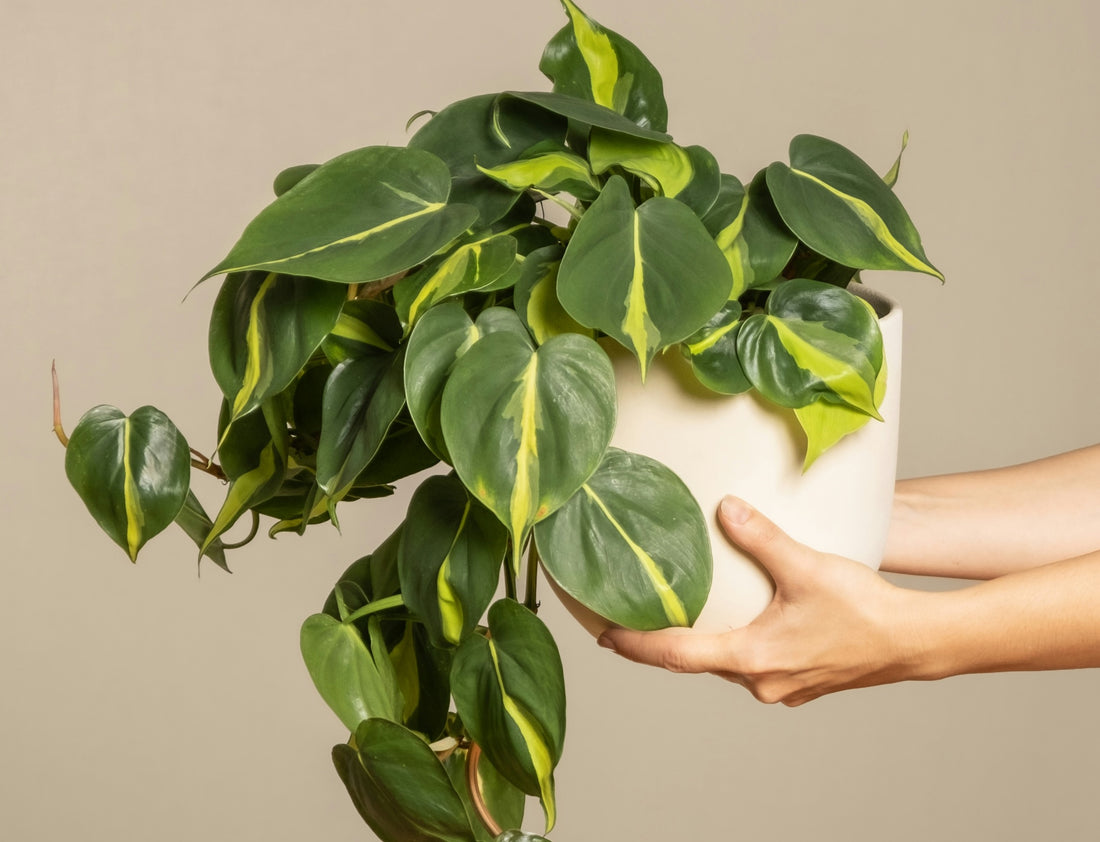
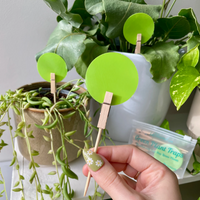
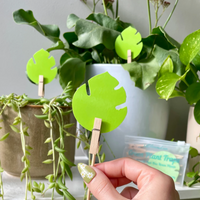
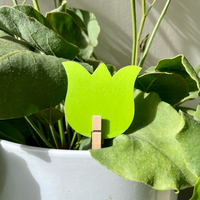
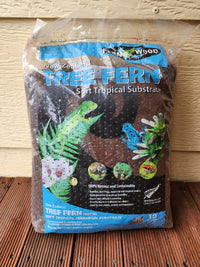
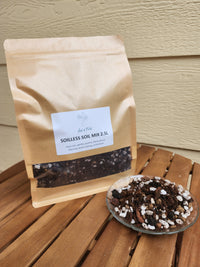

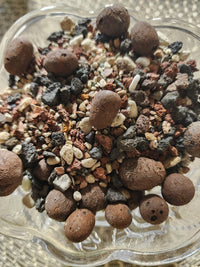
2 comments
What are the black, fungus stripe on the stems of the leaves?
Do I remove them?
How, if so…
What are the black, fungus stripe on the stems of the leaves?
Do I remove them?
How, if so…